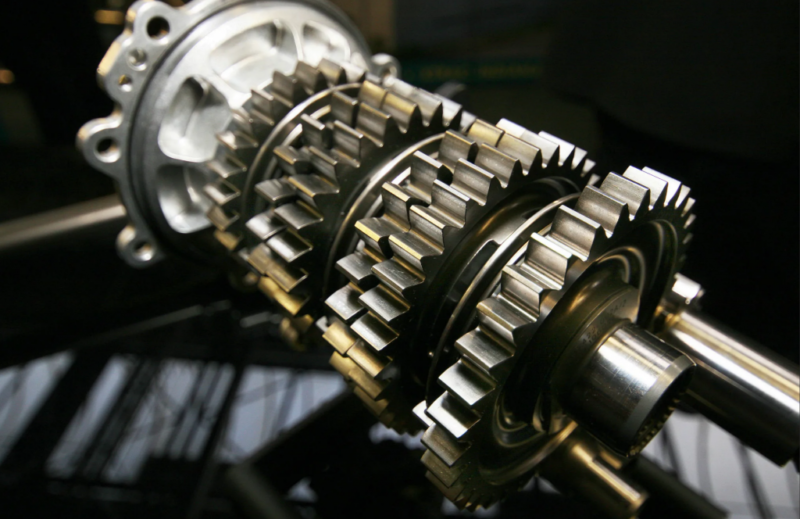2010 Hyundai Santa Fe Transmission Problems
The 2010 Hyundai Santa Fe is a popular SUV known for its reliability and performance. However, like any vehicle, it is not immune to problems, and one area where some owners have experienced issues is with the transmission. In this article, we will explore the common transmission problems that can occur in the 2010 Hyundai Santa Fe, the symptoms and signs to watch out for, the potential consequences of ignoring these issues, and the repair costs involved.
Common Problems
While the 2010 Hyundai Santa Fe generally has a good reputation for its transmission, there have been reports of certain problems that some owners have encountered. One common issue is a delay in shifting gears, particularly when accelerating or decelerating. This can be frustrating and may affect the overall driving experience. Another problem that has been reported is a rough or jerky shifting, which can make the vehicle feel unstable and uncomfortable to drive.

Additionally, some owners have experienced transmission fluid leaks, which can lead to a loss of fluid and potentially cause damage to the transmission if not addressed promptly. Finally, there have been instances of the transmission slipping, where the vehicle unexpectedly shifts out of gear or struggles to maintain the appropriate gear. This can be dangerous, especially at high speeds or when navigating steep inclines.
Symptoms and Signs
If you own a 2010 Hyundai Santa Fe and suspect transmission problems, there are several symptoms and signs to watch out for. One of the most common indicators is a warning light on the dashboard, specifically the “Check Engine” or “Transmission” light. This light serves as a signal that something is amiss and should not be ignored.
Other signs of transmission problems include difficulty shifting gears, a burning smell coming from the transmission, strange noises such as whining or grinding, and a noticeable decrease in acceleration or overall performance. If you experience any of these symptoms, it is crucial to have your vehicle inspected by a qualified mechanic as soon as possible.
Consequences
Ignoring transmission problems in your 2010 Hyundai Santa Fe can have serious consequences. A malfunctioning transmission can lead to a loss of power, reduced fuel efficiency, and even complete transmission failure. In some cases, a damaged transmission may require a full replacement, which can be a costly and time-consuming repair.
Furthermore, driving with a faulty transmission can pose safety risks. If the transmission slips or fails while driving, it could result in a sudden loss of control, potentially leading to accidents or collisions. It is essential to prioritize the maintenance and repair of your vehicle’s transmission to ensure your safety and the longevity of your Santa Fe.
Repair Cost
The cost of repairing a transmission problem in a 2010 Hyundai Santa Fe can vary depending on the specific issue and the extent of the damage. Minor repairs, such as fixing a fluid leak or replacing a faulty sensor, may cost between $200 and $500. However, more significant repairs, such as rebuilding or replacing the entire transmission, can range from $1,500 to $4,000 or more.
It is important to note that these are estimated costs and can vary based on factors such as the location of the repair shop and the availability of parts. Additionally, labor costs can significantly impact the overall repair bill. To get an accurate estimate for your specific transmission problem, it is recommended to consult with a reputable mechanic or Hyundai dealership.
| Transmission Troubles | Symptoms |
|---|---|
| Delay in shifting gears | Acceleration or deceleration issues |
| Rough or jerky shifting | Unstable and uncomfortable driving experience |
| Transmission fluid leaks | Potential damage to the transmission |
| Transmission slipping | Dangerous driving situations |
In conclusion, while the 2010 Hyundai Santa Fe is generally a reliable SUV, it is important to be aware of potential transmission problems that can arise. By recognizing the common symptoms and signs, understanding the consequences of ignoring these issues, and being prepared for potential repair costs, you can ensure the longevity and safety of your vehicle. If you suspect any transmission problems, it is always best to consult with a professional mechanic to address the issue promptly.
